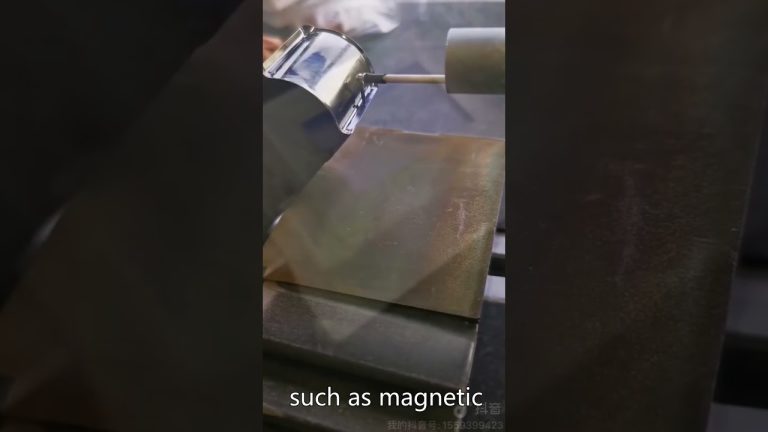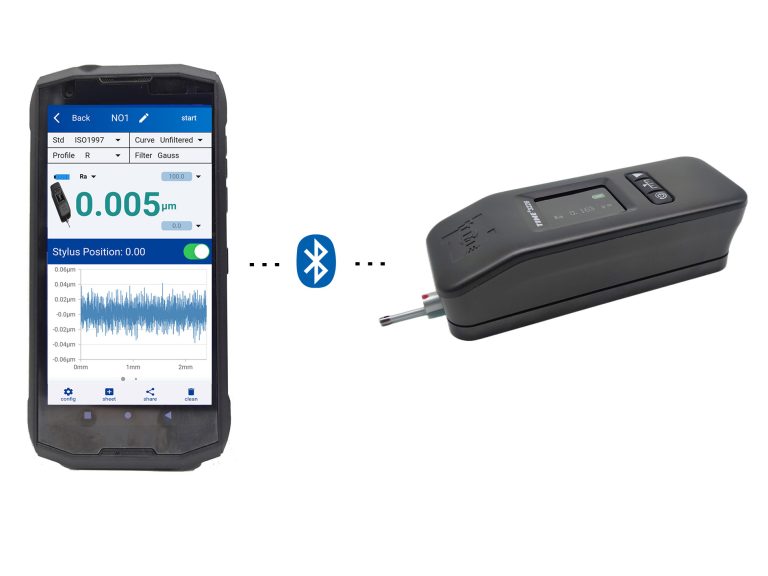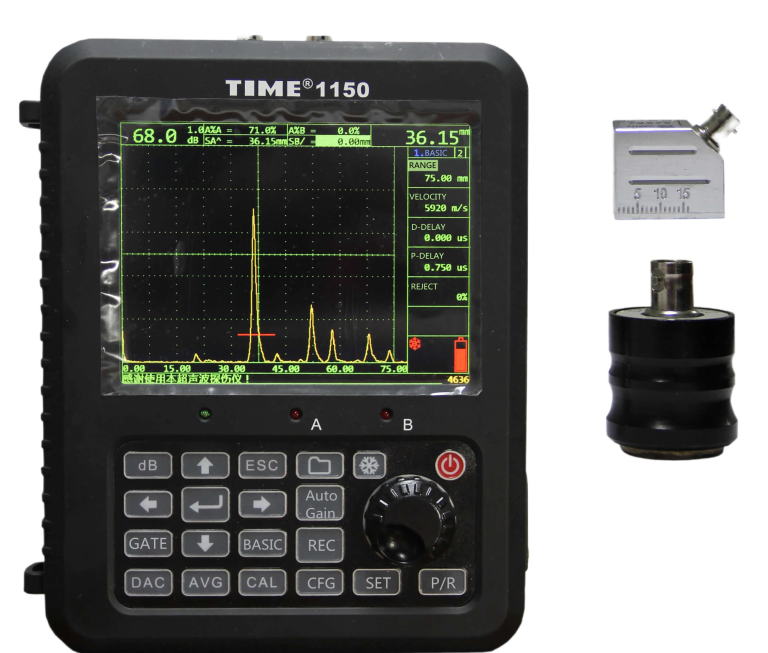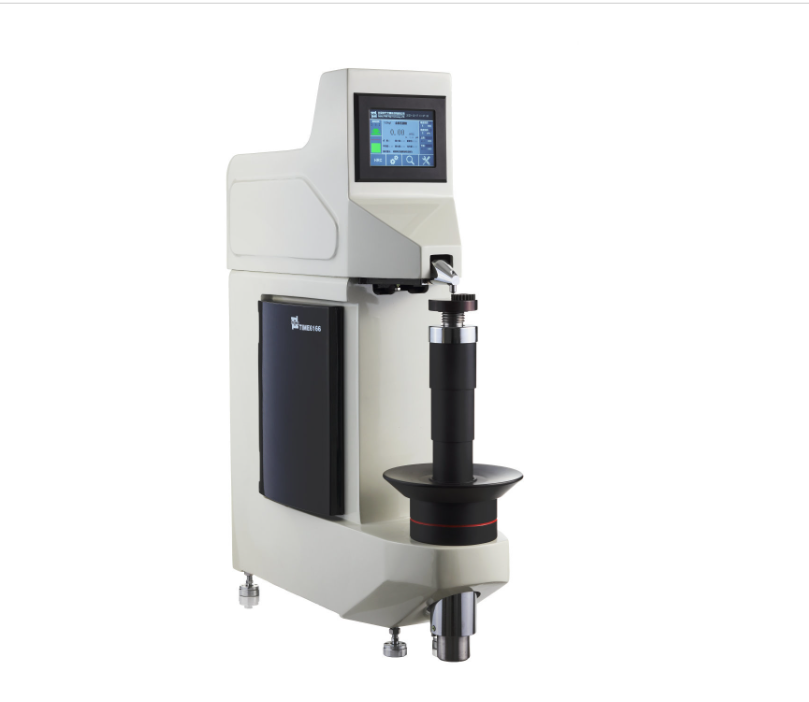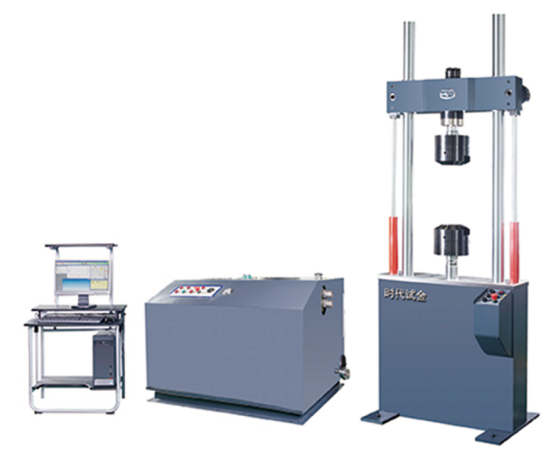Concrete is one of the most widely used construction materials in the world. Its strength, durability, and versatility make it an essential component in various structures, from buildings and bridges to roads and pavements. However, the performance of concrete structures is heavily influenced by their thickness. Accurate measurement of concrete thickness is crucial for ensuring structural integrity, safety, and compliance with design specifications.

Importance of Concrete Thickness Measurement
The thickness of concrete plays a vital role in determining its load-bearing capacity and longevity. Inadequate thickness can lead to structural failures, cracks, and increased susceptibility to environmental factors. Conversely, excessive thickness can result in unnecessary material costs and weight. Therefore, accurate measurement of concrete thickness is essential for:
1. Quality Control: Ensuring that the concrete is poured to the specified thickness during construction.
2. Structural Assessment: Evaluating the condition of existing structures, especially those showing signs of wear or damage.
3. Compliance: Adhering to building codes and regulations that dictate minimum thickness requirements for safety.
4. Cost Management: Optimizing material usage to reduce waste and control costs.
Methods of Measuring Concrete Thickness
Several methods can be employed to measure concrete thickness, each with its advantages and limitations. The choice of method often depends on the specific application, accessibility, and accuracy required.
1. Ultrasonic Testing
Ultrasonic testing (UT) is a non-destructive testing method that uses high-frequency sound waves to measure the thickness of concrete. A transducer emits sound waves that travel through the concrete and reflect back when they encounter a boundary, such as the surface of the material or a flaw. The time taken for the echo to return is used to calculate the thickness. UT is highly accurate and suitable for both new and existing structures.
2. Ground Penetrating Radar (GPR)
Ground penetrating radar is another non-invasive technique that utilizes radar pulses to image the subsurface of concrete. GPR can provide a comprehensive view of the thickness, as well as detect voids, rebar, and other anomalies within the concrete. This method is particularly useful for large areas or complex structures where traditional measurement methods may be impractical.
3. Micrometer and Calipers
For smaller or more accessible areas, physical measurement tools such as micrometers and calipers can be employed. These tools can provide precise measurements but require direct access to the concrete surface, which may not always be feasible in larger structures.
4. Core Sampling
Core sampling involves drilling a cylindrical sample from the concrete structure and measuring its thickness directly. While this method provides highly accurate results, it is invasive and can compromise the integrity of the structure. Core sampling is typically used for critical assessments where other methods are insufficient.
Applications of Concrete Thickness Measurement
Concrete thickness measurement has a wide range of applications in various sectors, including:
– Construction: Ensuring compliance with design specifications during the pouring and curing of concrete.
– Infrastructure Maintenance: Regular assessment of bridges, roads, and pavements to identify potential issues and plan maintenance.
– Quality Assurance: Verifying the quality of precast concrete products before they are deployed in construction.
– Historical Preservation: Evaluating the condition of historical structures to guide restoration efforts.
Concrete thickness measurement is a critical aspect of construction and maintenance that directly impacts the safety, durability, and cost-effectiveness of structures. With advancements in technology, various methods are available to accurately measure concrete thickness, each suited to different applications and requirements. By prioritizing precise measurement techniques, construction professionals can ensure the longevity and integrity of concrete structures, ultimately leading to safer and more efficient building practices.


